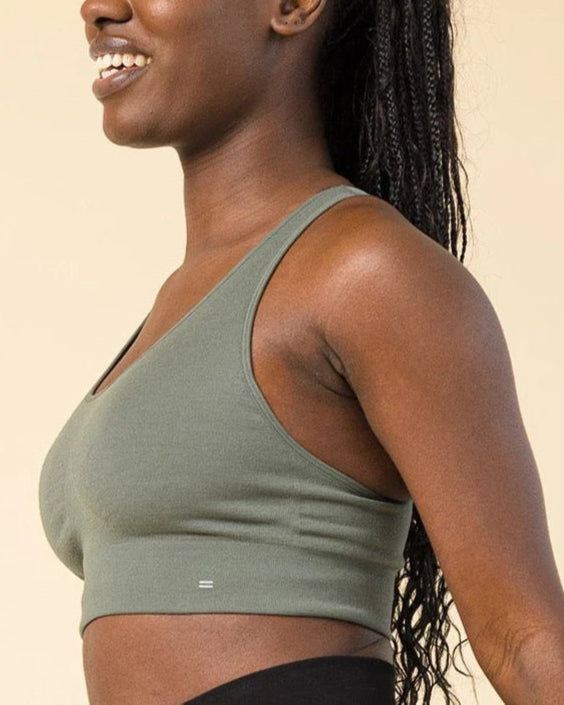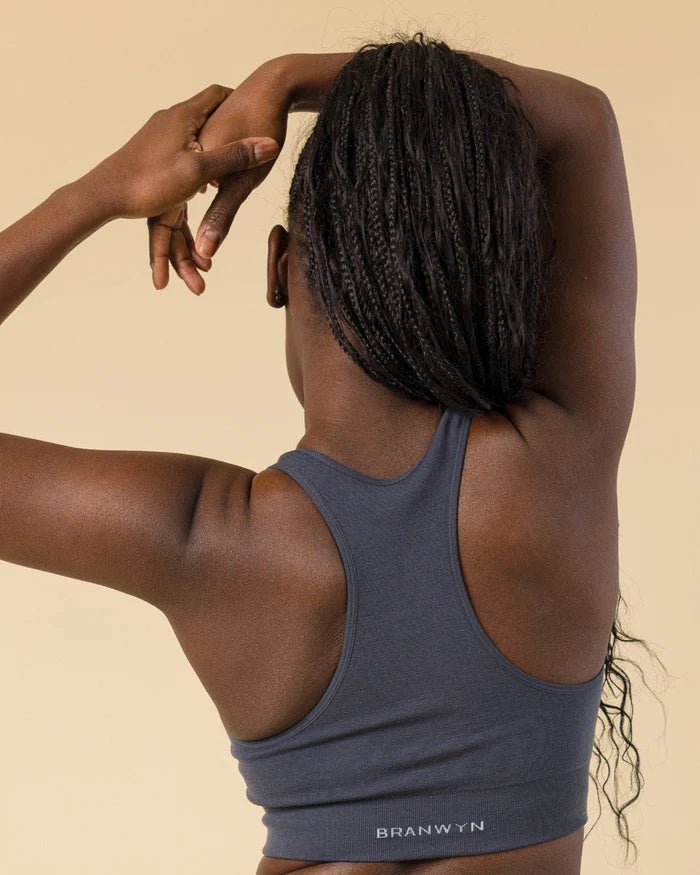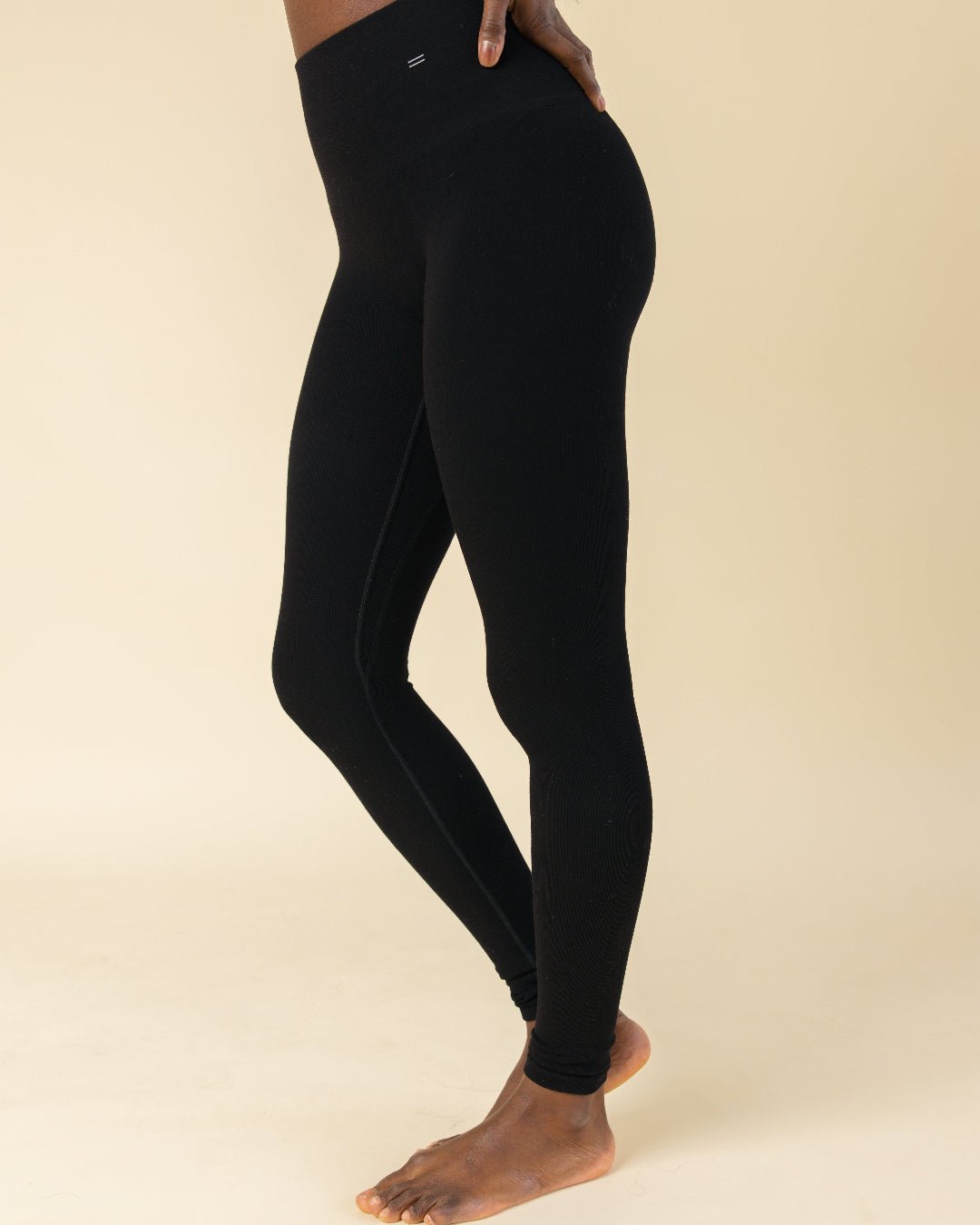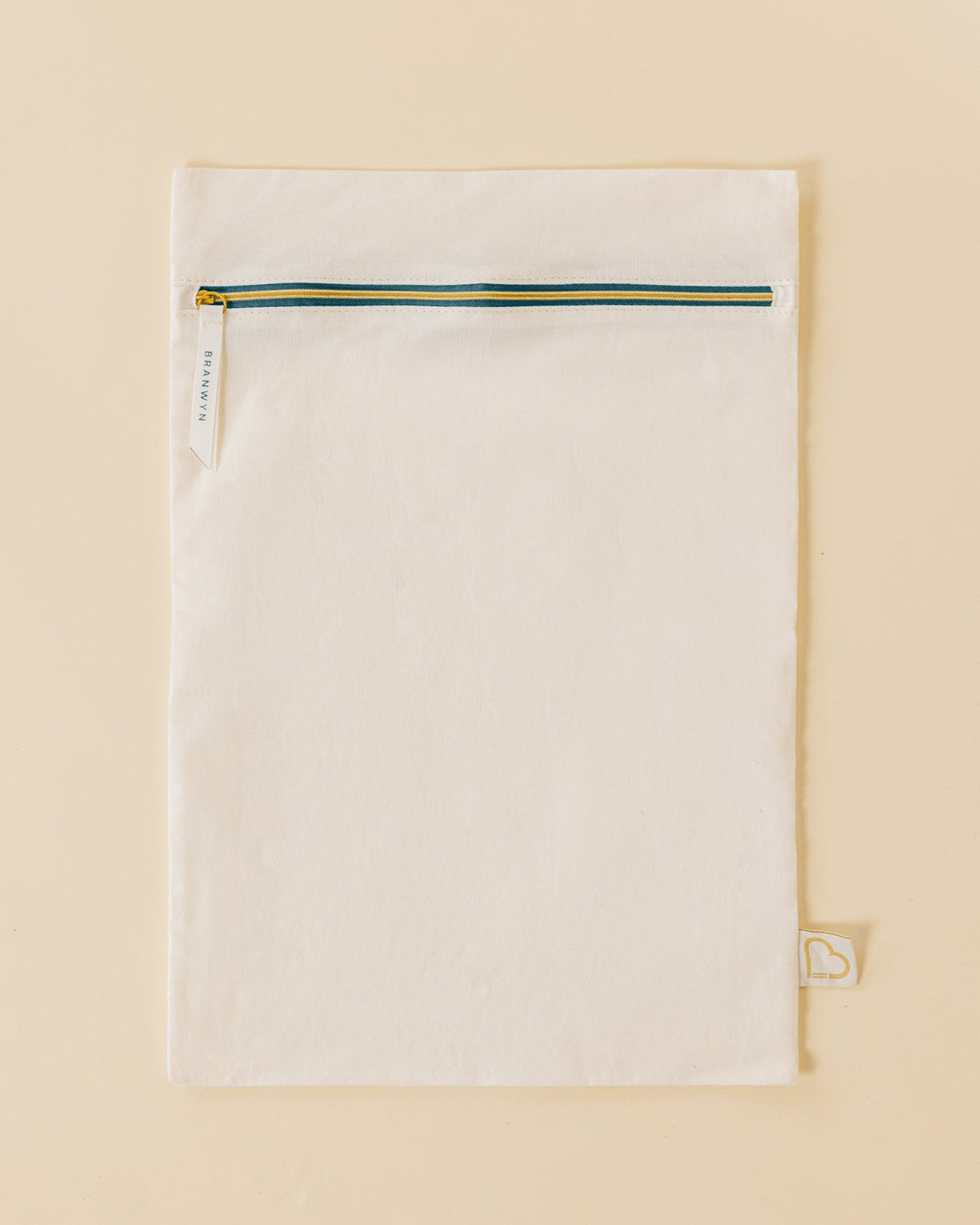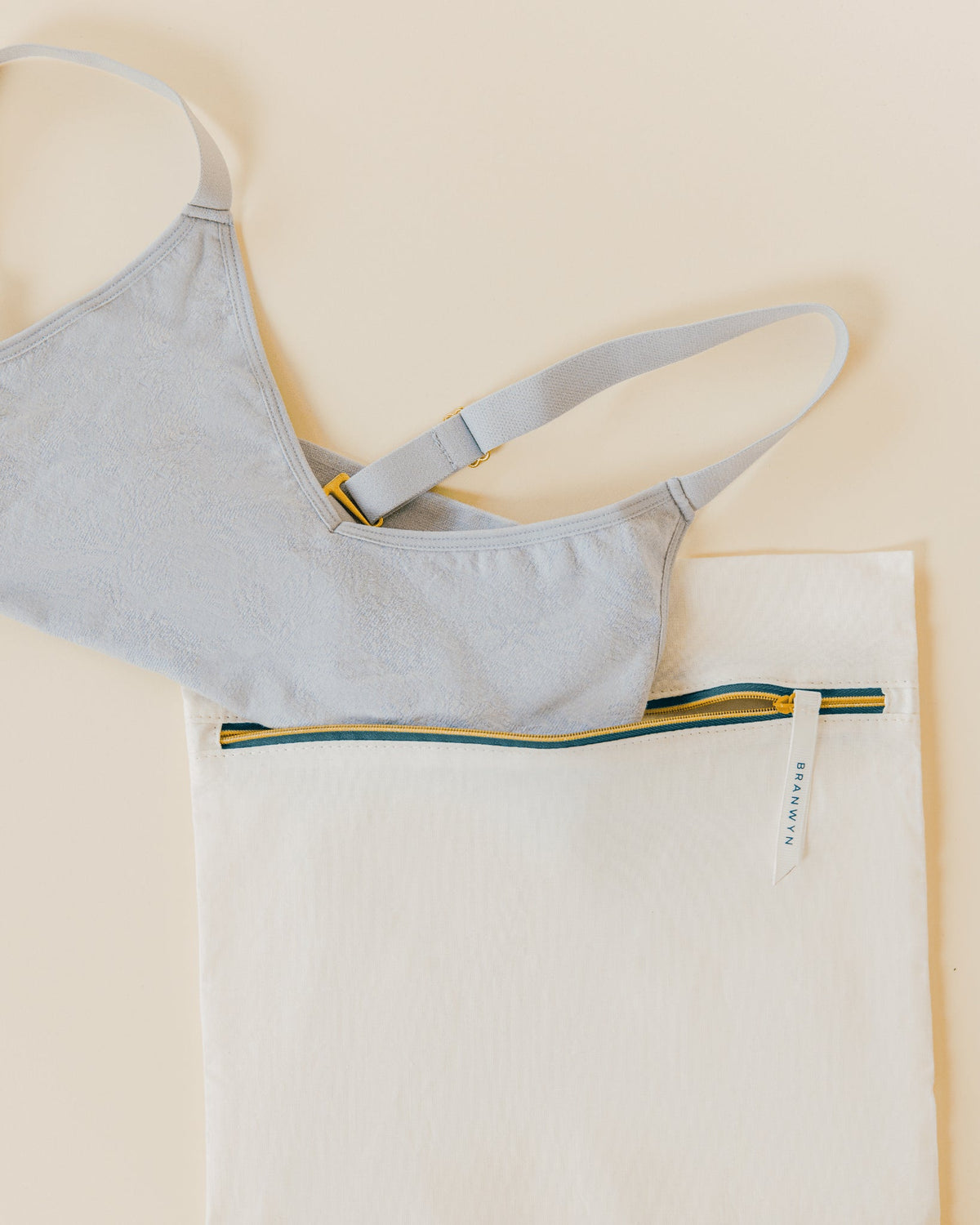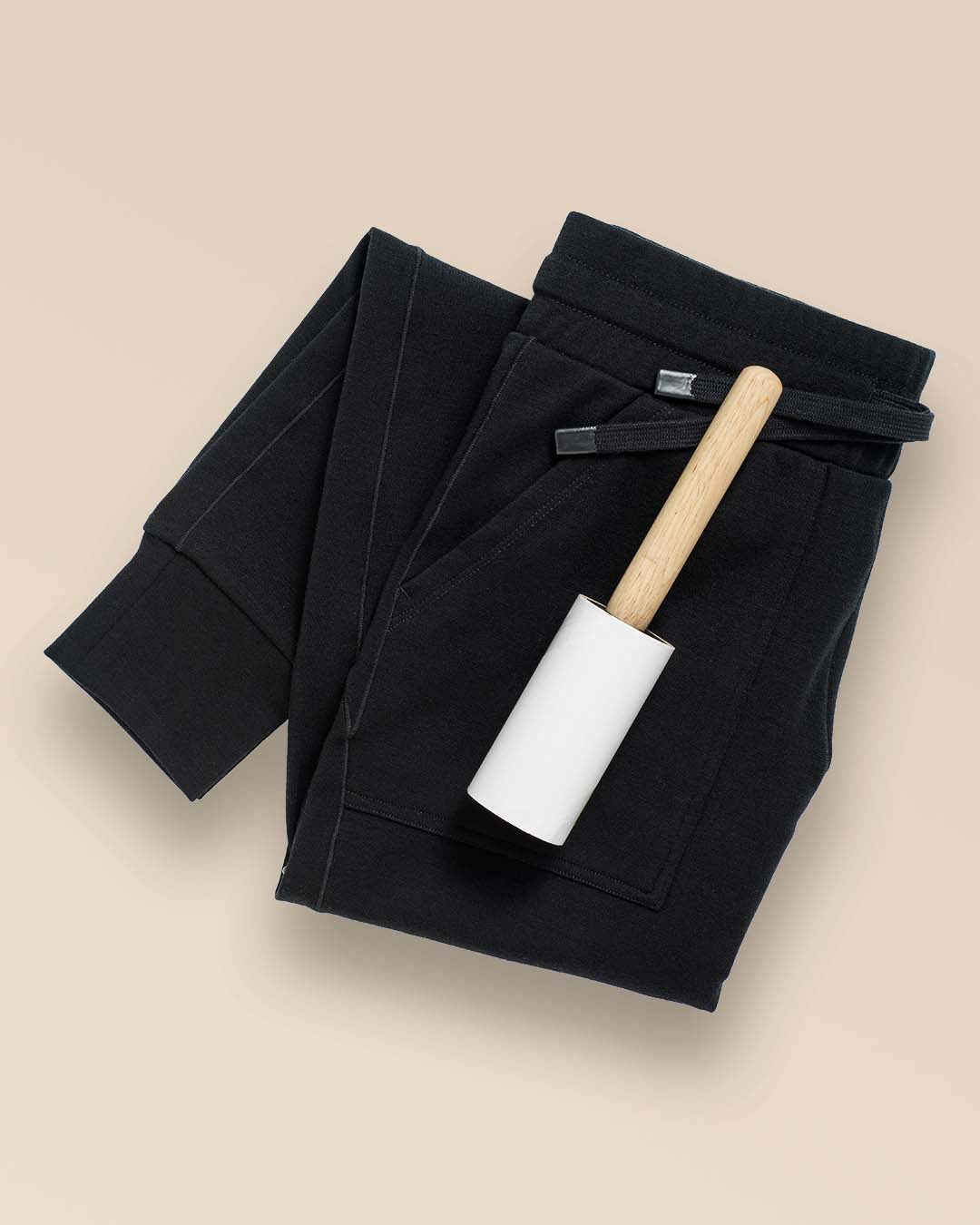Biodiversity is many things — beautiful, bountiful, and big. The word is used to describe the earth’s miraculous living tapestry, but biodiversity goes beyond the plants and animals that make up our natural world.
“When I think about biodiversity, I don’t just think about species or ecosystems in a vacuum — I think about lineage, memory, and legacy,” says Victoria Whalen, Project Manager and Co-Executive Director of the Future Generations Tribunal. “It’s the foundation for everything: our food systems, our health, our cultural survival. For me, it’s about ensuring there’s a planet that remains vast and interconnected — one where my children, and their children, and the next seven generations can live in relationship with the richness of life around them.”
There’s a wonder in how vast and interconnected biodiversity is, but that complexity can also make it feel a bit elusive. In order to bring it down to earth, we talked to five experts who all approach biodiversity from a slightly different lens. Let’s take a dive into the basics of biodiversity. What does it mean, why is it critical to life on this planet, and what can we do to support biodiversity and our earth?

Biodiversity Is the Web That Holds It All Together
The earth is home to an astonishing 8.1 million plant and animal species. That number isn’t just dizzying—it’s critical to maintaining oceans, forests, deserts, and life as we know it. “Biodiversity is the rich interconnected network of life on planet Earth,” says Michelle Fullner of the Golden State Naturalist Podcast. “Different species are all interconnected with each other in such powerful ways, and having them together is what gives us strength.
Whalen adds, “It’s the intricate, dynamic web of differences and similarities — from the minute to the massive — that exist within individuals, communities, and entire ecosystems. I think of it as the planet’s organized chaos, or its sacred entropy… this complexity that allows life not just to survive, but to adapt, evolve, and thrive.”
Think of the game of Jenga, recommends Whalen. The more bricks you remove, the more wobbly the tower gets. Remove enough and the entire thing will topple with a boom. Cypress Hansen, a San Diego-based science communicator and owner of North Star Naturalist also likes comparing biodiversity to a pair of jeans: “Your sturdiest pair, the ones with all those tight-knit threads. If you lose a few, it’s fine. But keep losing them, and eventually—blowout.”
Some plants and animals, called “keystone species” hold an inordinate amount of pressure on their backs. Oak trees, for example, support an entire network of life. Their branches are home to dozens of bird and squirrel species. Decomposing leaves play host to salamanders who eat the insects and worms that use the detritus as food alongside bacteria and fungi. Deer and rabbits eat the acorns. Mountain lions feed on the deer. The list goes on. When a keystone species becomes rare enough, all it takes is one thread to go missing and the entire system can collapse in a trophic cascade.
“Biodiversity is imperative to our survival,” says Dezz McGill, sustainability & environmental advocate. “Without it, the balance of nature would collapse, and we simply could not continue to exist. Every network, every connection that biodiversity creates, helps our planet not just survive, but thrive.”

It’s Here, It's There, It’s Everywhere
That web of life isn’t tucked away in some remote rainforest. “It’s a web of relationships that has existed long before us and continues to support the things we often take for granted: food, water, shelter, medicine, and even love,” says McGill, sustainability & environmental advocate. It’s right here—woven through our neighborhoods, hiking trails, and front yards. “Urban biodiversity is real,” said Cypress. “Especially in cities with green belts and canyons.”
The idea that biodiversity is only something you find in untouched wilderness is outdated. In fact, even the plants in our yards can shape an entire micro-ecosystem. Native species support local pollinators, while non-native ornamentals often don’t. “You can have a whole landscaped neighborhood that’s basically a food desert for birds,” Cypress explains. The birds native to the area may not eat these plants. “Just because it looks green doesn’t mean it’s ecologically alive.”
Keri Brandt, PhD, sociologist and rancher based in Colorado says biodiversity impacts everything her family does on their farm. In agriculture more broadly, “There’s this obsession with quantity over quality,” she says. “In ranching, that often means mono-cropping—growing just one kind of grass or raising just one species of livestock. But that weakens the system.”
Her ranch operates differently. “We manage for biodiversity first. We think about soil health, the diversity of grasses, and the wildlife that shares this land. The cows come second.” That shift, she says, it’s just a good thing for the health of the planet—it helps make her ranch more resilient to unexpected crises like drought or fire, too.
Editor’s note: The importance of biodiversity in ranching is why BRANWYN is ZQ-certified, meaning that we only use the world’s most ethical wool from ranchers who practice biodiversity farming and soil health practices.

Why Are We In Crisis?
According to the most recent Living Planet Report from the World Wildlife Fund (WWF), over the last 50 years, the earth has gone through a catastrophic 73 percent decline in wildlife populations. The WWF highlights species like Chinook salmon whose population has dropped to 12 percent of the size it was in 1970 thanks to dams blocking access to the habitat where they previously spawned, and the African forest elephant who has suffered an 81 percent loss thanks to poaching for their ivory.
Hansen points to three main sources of biodiversity collapse—and it’s no surprise that humans play a central role. “While there are many more, climate change, agriculture, and urban expansion are what’s talked about the most,” she says. As weather patterns shift, organisms get pushed out of their homes. Unsustainable farming practices like toxic pesticide use and deforestation kills organisms directly. As for urban expansion, the San Diego native Hansen often thinks of an example close to home: “The vast majority of our biodiversity occurs closer to the coasts. And guess who really likes living on the California coasts? People.”
Whalen adds that overconsumption is at the root of much of the downward spiral, and that it's not just animals, but cultures that pay the price: “The most biodiverse places on Earth are often home to Indigenous communities. When we lose biodiversity, we’re not just losing nature — we’re losing entire knowledge systems, medicines, foods, and futures. Biodiversity is important because life is interconnected. Because no one species — including us — thrives alone.”

What We Can Do
The good news? Biodiversity isn’t just something scientists save. It’s something everyone can support. “I always remind myself, and others, that individual choices are like stones tossed into a pond — they ripple outward. No action is too small,” says Whalen. Here are a few ways to start:
-
Spend time in nature. “When you notice what’s out there, you care,” said Hansen. “And when you care, you protect.”
-
Shift our mindsets. “One of the most powerful things anyone can do is to challenge the mindset that created the crisis: the idea that humans are separate from or superior to the natural world. We are not above nature — we are nature. We’re part of a living, breathing web, and the more we move through the world with reciprocity, respect, and humility, the more we can begin to repair what’s been broken,” Whalen says.
-
Plant native species in your yard, on your balcony, or in community spaces. “A lot of our pollinators (butterflies and bees) are really struggling. If we can put native plants at home, these insects are able to reproduce, to have habitat and food to eat,” says Fullner. Hansen adds that if you don’t have a yard, potted plants on the windowsill can be a lifeline for insects, too.
-
Add your voice to policy decisions—local or national—that protect habitat. “Support local restoration projects, vote for policies that protect ecosystems, share knowledge, and uplift Indigenous and community-based conservation efforts,” says Whalen.
-
Supporting nonprofits you believe in can go a long way. Fullner suggests finding a group that you like and sending even $15 with a thank you email to lift the spirits.
-
Concentrate on what you can control. McGill says as someone who works in resource management, she thinks of the impact of small actions over time. “Instead of rinsing food scraps off your plate with water, try using a utensil to scrape them into a compost bin,” she says. This might not seem like a major change, but “over 60 years, that adds up to 14,454 gallons of water saved!”
-
Come together. From a sociology lens, Brandt understands that in order for change to happen we need to come together, and doing so requires a foundation of strong relationships. “When we focus on connecting rather than severing relationships—in our communities, in our families, the ecosystems we interact with—we’ll be better positioned to find our way through.”

Reasons to Hope
In a natural world that can feel like it’s unraveling, biodiversity offers a surprising source of optimism. Because just like nature, we’re resilient, too. Hansen finds hope in the children she teaches. “They’re so curious, so open. When kids get excited about nature, their parents do too. That’s where change starts.” Fullner points to massive restoration projects already underway. “Thousands of acres are being restored across California. Habitat brings back biodiversity. It works.” Brandt sees it every day on her land. “Landscapes want to endure. When we support them, they adapt.” Whalen says she believes hope is part of our genetic code: “The future isn’t something we wait for — it’s something we shape in every action, every decision, every breath. And knowing that we’re shaping it together, that I’m not alone… that is some powerful stuff right there.”
The web might be fraying—but it’s still holding. And with care, it can grow stronger.
What makes you hopeful about the future of our weather? We’d love to hear from you. Please send us an email any time at info@branwyn.com or DM us on Instagram @branwynofficial.


























